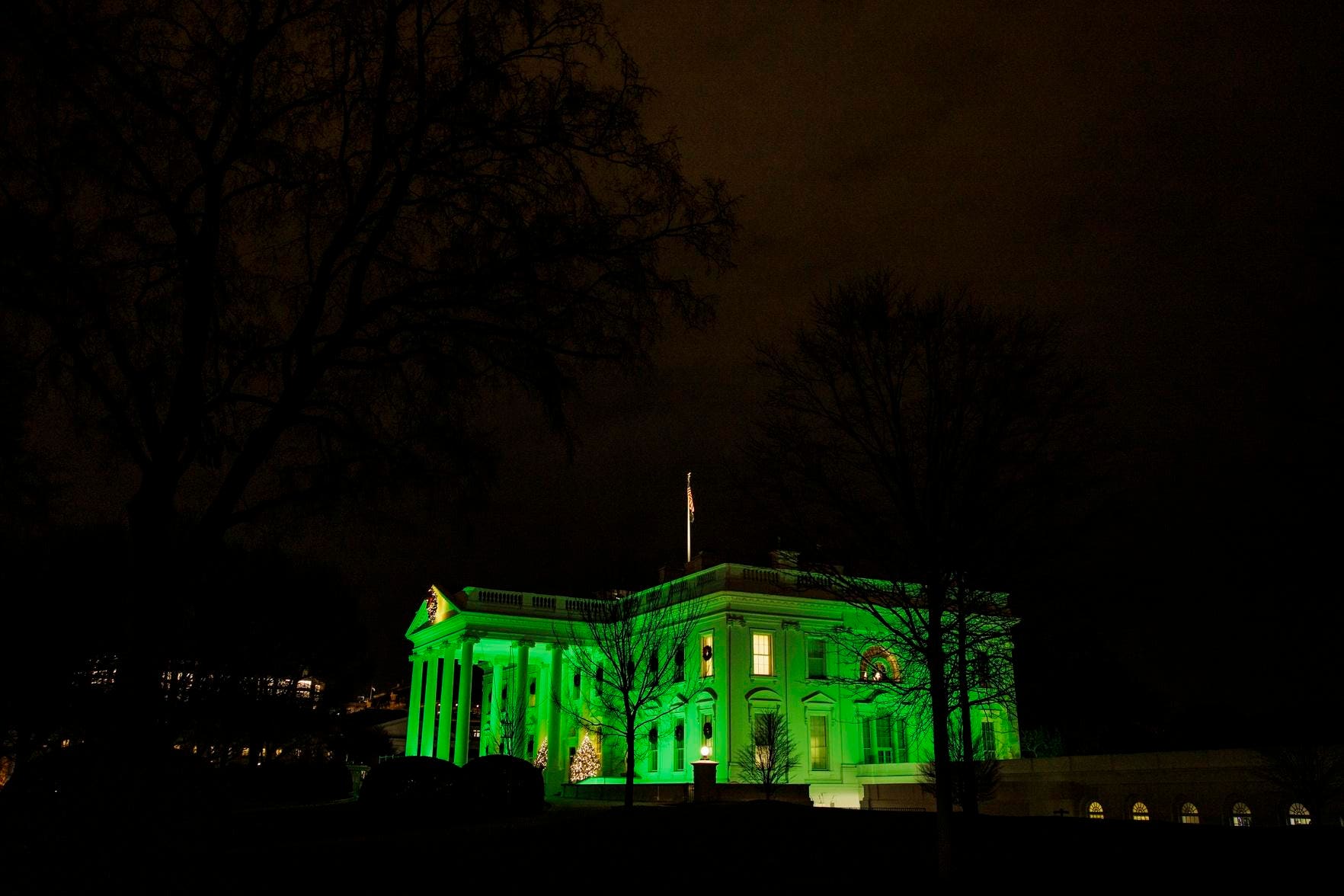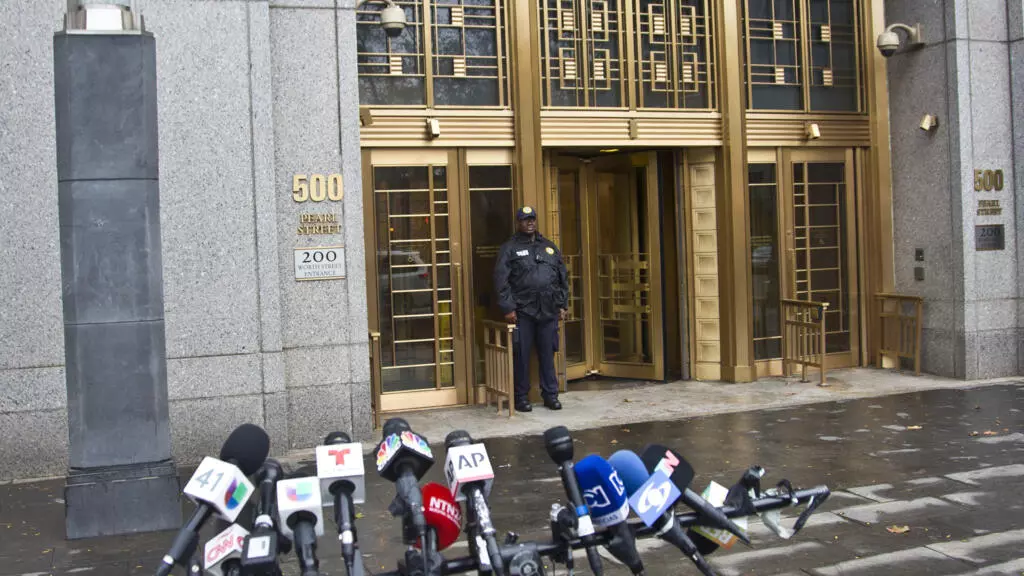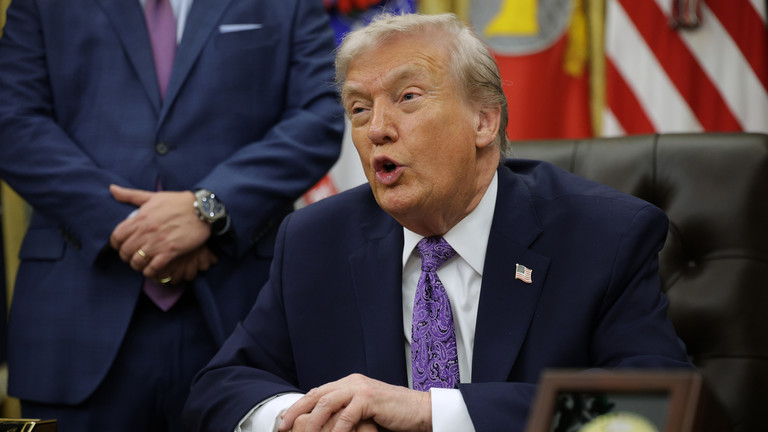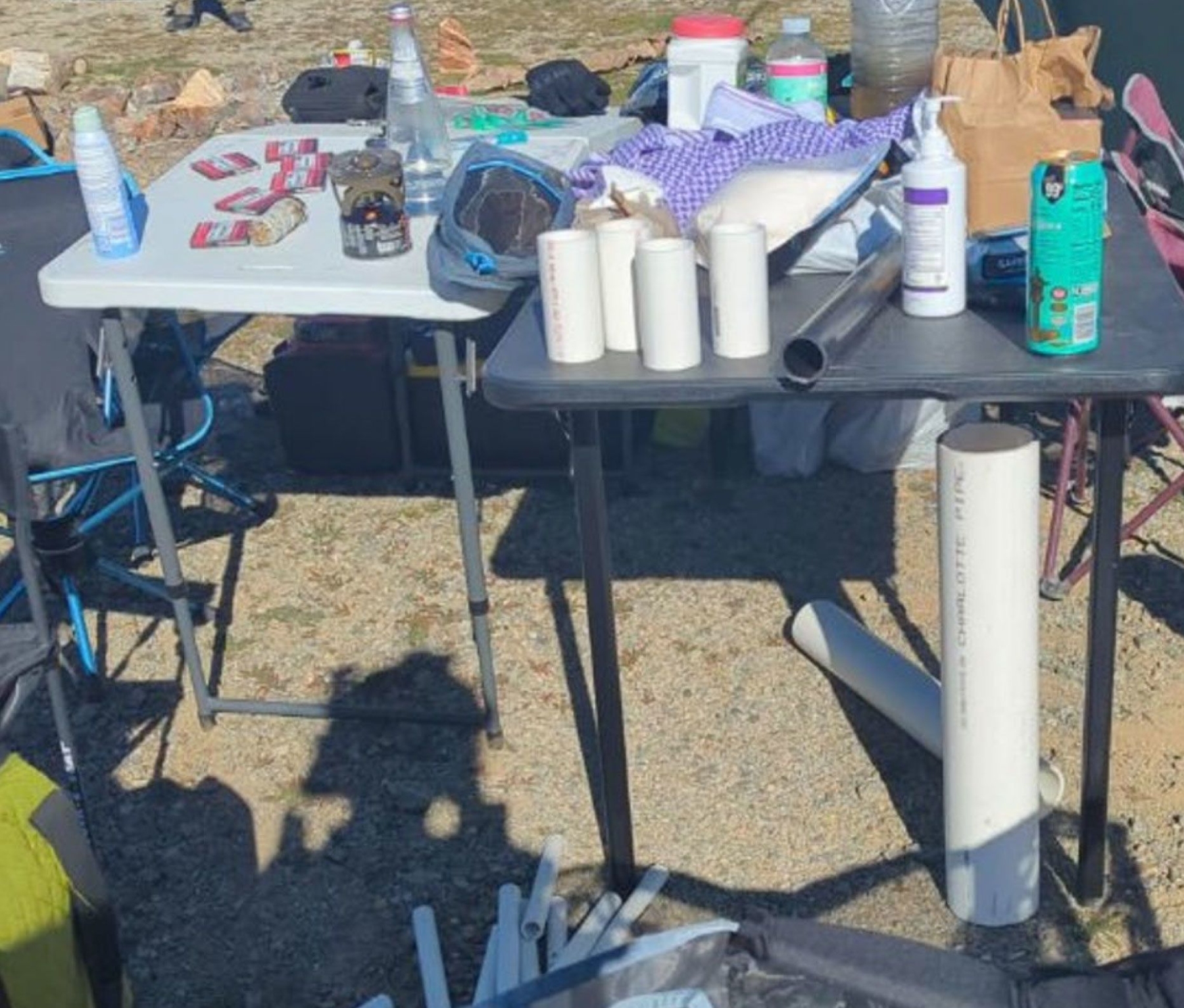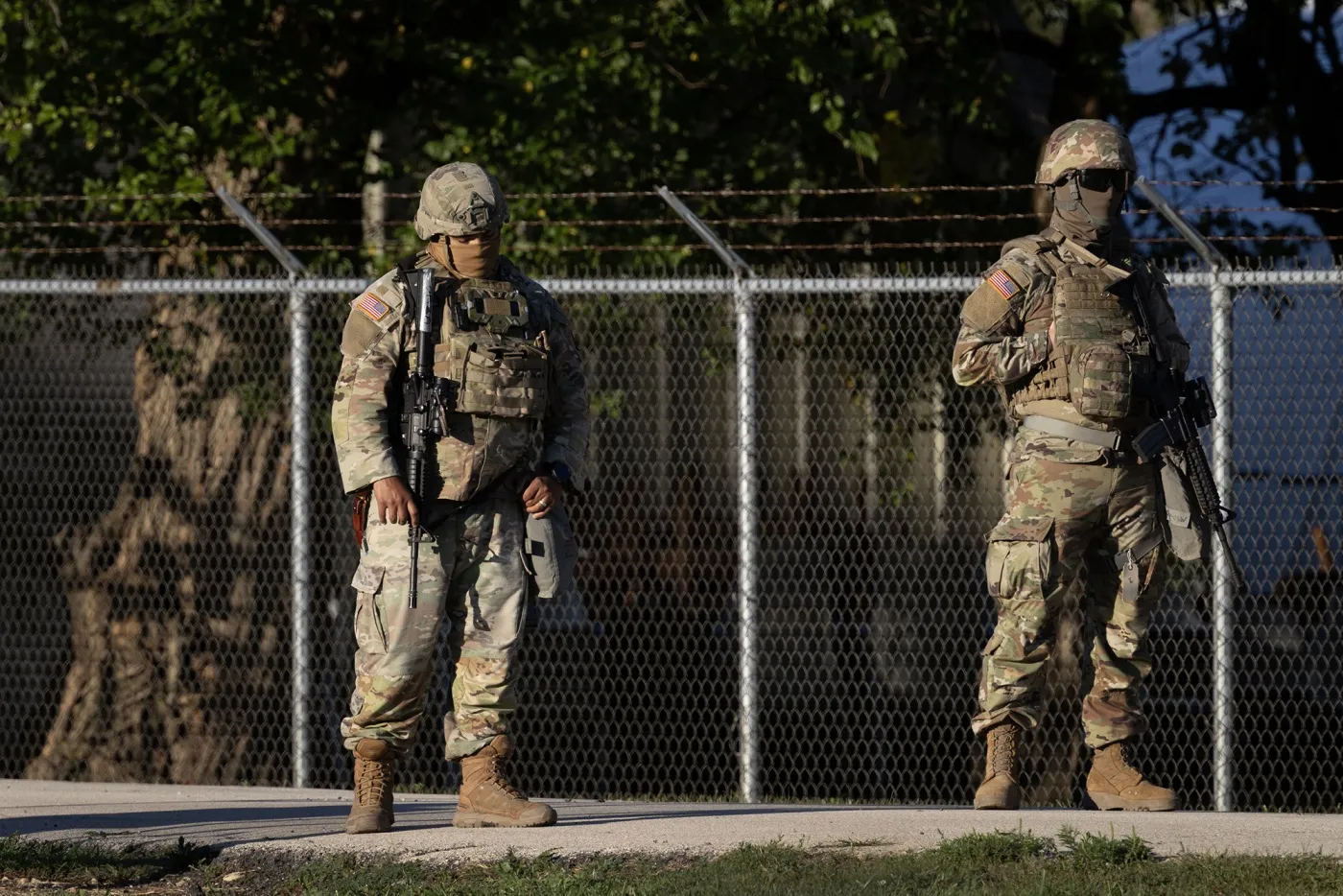
This article is more than
7 year oldHawaii changes protocols for alerts after missile false alarm
Homeland Security Secretary Kirstjen Nielsen on Sunday said people should trust government alert systems as Hawaii announced a new protocol after a false alarm over a ballistic missile threat.
The recent blunder in Hawaii, which set off widespread panic amid escalating tensions with North Korea, was a “very unfortunate mistake,” Nielsen said. The emergency alert on Saturday morning sounded on hundreds of thousands of cellphones and warned of an imminent missile strike.
Vern Miyagi, Hawaii’s Emergency Management Agency’s administrator, told USA TODAY he took responsibility for the false alarm and for the 38-minute delay in recalling it. The message read: "Ballistic Missile Threat Inbound To Hawaii. Seek Immediate Shelter. This Is Not A Drill."
On Saturday officials knew within three minutes that the error happened, but it took 38 minutes for the message to be sent out by the Emergency Alert System because that button was not programmed and in place, Miyagi said. "That's on me."
The agency implemented a new alert protocol since the mishap.
Tests and actual missile launch notifications from now on will require activation and verification by two people, the agency said. And a pre-scripted cancellation command has been written and can be issued within seconds of an error, Miyagi said.
Nielsen, speaking on Fox News Sunday, said she would hate for anybody not to abide by government warnings. She said the alerts are vital and doesn’t want anyone to “draw the wrong conclusion.”
Hawaii Rep. Tulsi Gabbard described the trepidation that spread across the island as thousands abandoned cars, ran for cover or cowered in the hallways of their homes in response.
“You can only imagine, the panic, the terror, the chaos and confusion that ensued when over a million people in Hawaii, plus many visitors who were visiting Hawaii, got that alert on their cellphones," Gabbard, a Democrat, told ABC News' George Stephanopoulos on Sunday. "Now understanding that they literally just have minutes, minutes to say goodbye to their loved ones, to find their loved ones, to try to find some kind for shelter somewhere."
The drill sowed panic and confusion but also showed that emergency management officials need to step up outreach efforts about what to do in case of a real missile threat, Miyagi said.
People should "shelter in place," which means immediately putting as much distance and as many concrete barriers between themselves and the outdoors, where deadly radioactive fallout would dissipate after the first day or two, he said.
Hawaii Gov. David Ige also suspended all future drills until Hawaii’s Emergency Management Agency has completed a full analysis of what happened.
“I know first-hand how today’s false alarm affected all of us here in Hawaii, and I am sorry for the pain and confusion it caused,” Ige said in a statement. “I, too, am extremely upset about this and am doing everything I can do to immediately improve our emergency management systems, procedures and staffing.”
The agency issued a timeline Saturday, which said the alert went out at 8:07 a.m., two minutes after a drill started a during a shift change.
State Adjutant Maj. Gen. Joe Logan validated with the U.S. Pacific Command that there was no missile launch at 8:10 a.m. and immediately notified the Honolulu Police Department of the false alarm. The governor and the agency relayed the messages by social media, on television news channels and by the Wireless Emergency Alert system by 8:45 a.m., according to the agency’s timeline.
Logan promised a written report, and state lawmakers announced they would hold a hearing next Friday.
Gabbard told CNN's State of the Union on Sunday that the incident was a reminder that "we are facing a very real nuclear threat from North Korea."
Such mistakes in the past brought the U.S. and the Soviet Union to the brink of unintentional nuclear war, she said. People in Washington should be asking "why are the people of Hawaii and this country facing this nuclear threat from North Korea today and what is this president doing urgently to eliminate that threat?" she said.
The incident occurred after a week in which talks between North Korea and South Korea appeared to lower tensions that had been roiled by a series of nuclear and missile tests by the North, and an exchange of nuclear threats and insults between North Korean leader Kim Jong Un and President Trump.
The talks resulted in an agreement by the North to send a delegation of athletes and performers to the 2018 Winter Olympics Games Feb. 9-25 in Pyeongchang, South Korea. The South Korean delegation suspended a planned military exercise with the U.S. and said it urged its counterparts to talk about halting its weapons testing program.
More: North Korea to send athletes, officials, and cheer squad to Winter Olympics in Pyeongchang
Olympic participation from the North would mark a return to the Winter Games after the reclusive state sat out the Sochi 2014 Games. North Korea has participated in every Summer Games since 1972, except the 1984 Los Angeles and 1988 Seoul Games, which it boycotted.
The North Koreans did not agree to discuss their nuclear program, and Secretary of State Rex Tillerson is traveling to Vancouver on Tuesday to meet with foreign ministers from countries that sided with the United States during the Korean War in the 1950s to discuss ratcheting up economic pressure on the North.
Brian Hook, the State Department's director of policy planning who briefed reporters Thursday, said the inter-Korean talks appeared to have come about as a result of the North "feeling the strain" of Trump's pressure campaign. The meeting will discuss maritime interdiction of ships traveling to and from Korea in order to more stringently enforce U.N. Security Council resolutions over its failure to halt nuclear and ballistic missile tests.
